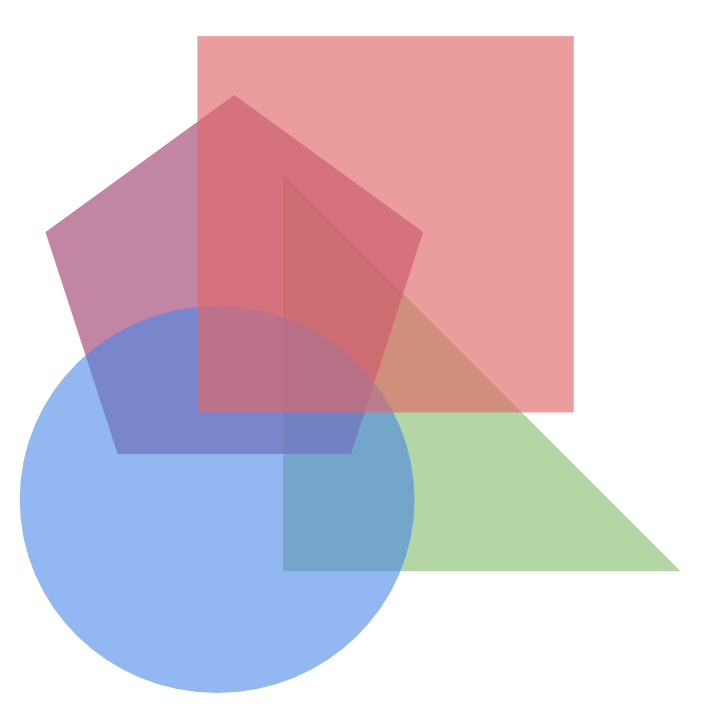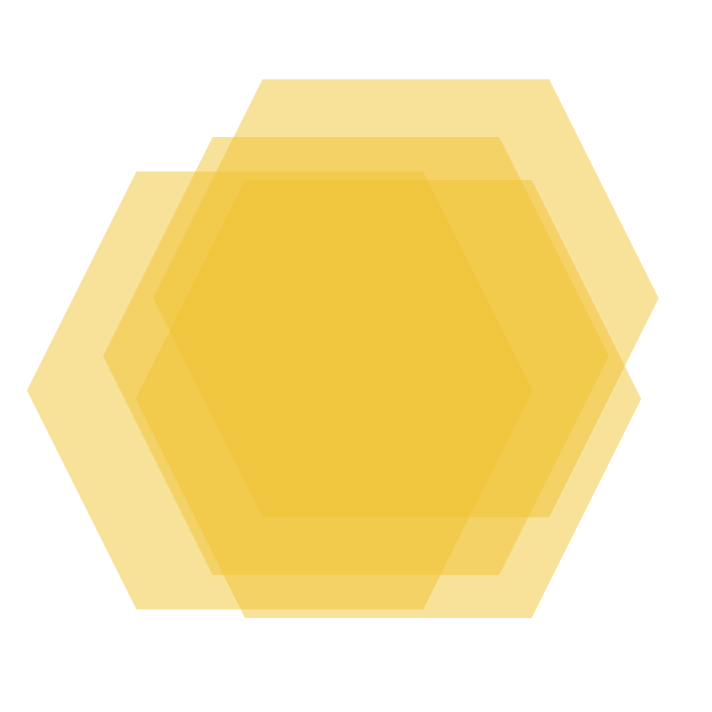Why should students talk to each other in math class anyway? I was asked this question recently and I’m trying to avoid a tautological answer (eg. it’s important because it’s important).
In a classroom where students speak to each other about mathematics, the ideas of those students are valued instead of ignored or potentially marginalized. This gives students agency in their learning. It also allows new ideas the students learn to extend from the existing ways they understand the world.
Supporting students speaking to each other means that mathematics is much more likely to become a way of knowing and being rather than just a body of existing knowledge (although the value of mathematics as a set of tools that have been developed over time should not be marginalized). As students develop their understanding of what mathematics is and what it is useful for, they are more likely to insert themselves in the role of the mathematician rather than imagining this to be someone else, potentially from another culture. They can see themselves being part of a mathematical community.
In order to completely understand the language we know, we have to use it, either in writing or ideally in conversation, and hear other people using the same language. So from a practical perspective, students need to talk in order to develop their use of language (mathematical or otherwise), and rather than students talking in serial, one at a time mediated through a teacher, it is far more efficient for them to talk in parallel, to each other.
We remember what we think about. When students construct ideas and communicate them to each other, they necessarily have to think about these ideas, which means that they are building memories. While this occurs no matter what students do, the focus is more likely to be on the thinking with student discourse rather than the activity (eg. completing a task).
Finally, students talking and writing to each other also provides their teachers with more information about the ways they are thinking which makes it easier for the teacher to orchestrate productive whole group discussions and to plan activities that respond to the ways students are actually thinking. It is difficult to plan lessons that build off of student knowing if you don’t know how and why students think the way that they do. When students talk to each other, their teacher can gather formative assessment information about not only what they understand but ideally how they understand it.
This should not diminish the importance of students having independent time to work quietly on mathematical problems by themselves. Students are better positioned to work together when they have had time to think about ideas themselves first. Also, some students find working with other students really difficult for a variety of reasons, so in some cases the benefits of students working together may be outweighed by the challenges some students face with this activity.
What would you add as reasons students should talk to each other in a mathematics classroom?





